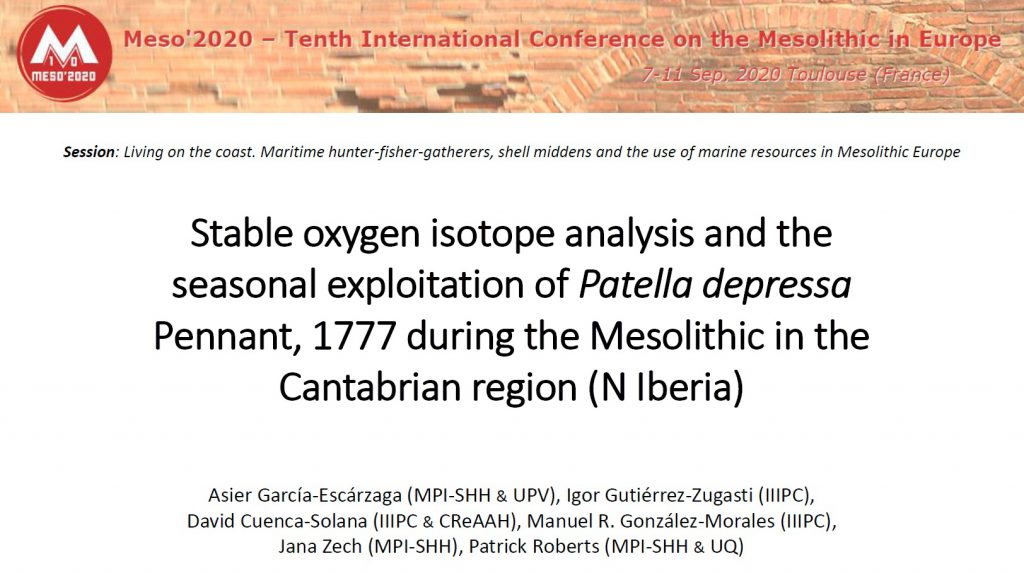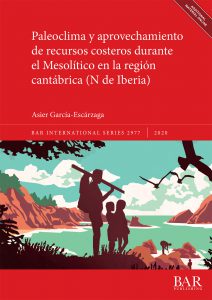A new study reveals that ratios of magnesium and calcium derived from the limpet Patella depressa using LIBS, a cutting-edge methodological approach, serve as a high-resolution seawater thermometer, with significant implications for palaeoclimate and archaeological studies.

The measurement of the elemental makeup of shells is an increasingly common method for obtaining high-resolution insights into paleoclimate and past seasonality. Several studies have shown significant correlations between the magnesium and calcium (Mg/Ca) ratios measured on shell carbonate and the seawater temperature within which the carbonate was formed. However, other investigations have reported large variability in this relationship, depending on the species. Therefore, further studies that include taxa previously not considered are essential for validating these new species as suitable climate proxies. Despite Patella depressa being one of the most common mollusc species found in Holocene archaeological assemblages along the Atlantic coast of Europe, Mg/Ca ratio values of this taxon have never been tested as a seawater palaeothermometer.




